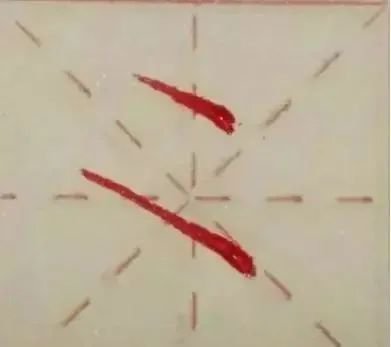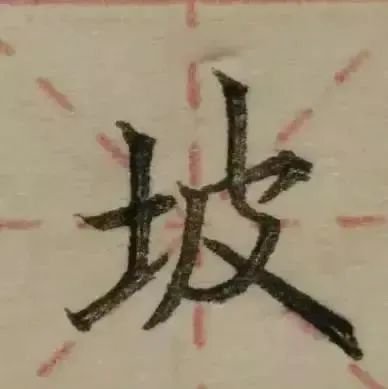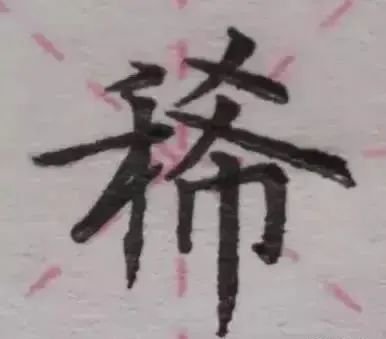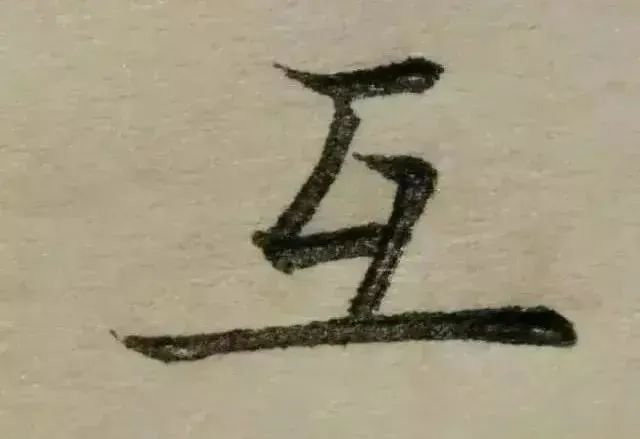
Many people have the idea of practicing calligraphy, but they can’t stick to it after a few days. Practicing calligraphy is a long process. You should plan time for yourself before starting, such as practicing regularly for half an hour every day, and make sure Complete every word carefully, and persist for at least a month. Only in this way will it be effective. It is a pity to give up halfway and have three minutes of enthusiasm.
I mainly share with you the writing methods of short horizontal, long horizontal, hanging dew vertical, hanging needle vertical, short oblique, oblique oblique, vertical oblique, oblique nip, flat nip, reverse nip.
① Make a short horizontal stroke, insert the pen lightly, press the pen slightly hard, be careful not to make the stroke too hard, tilt it slightly upward, and do not write too long.
② Long horizontal stroke, start with a slight pause, stroke to the right from light to heavy, left lower and right higher, finish with a slight pause.
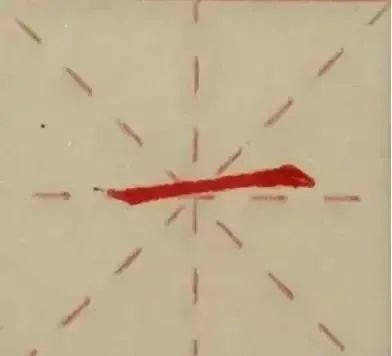
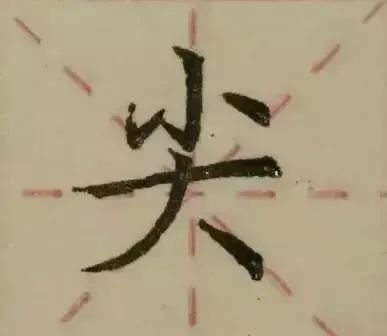
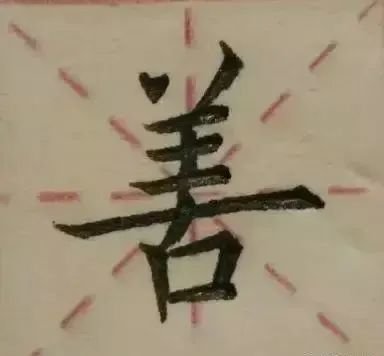
③ If the dew hangs vertically, lift the pen and pause for a moment, then move downward evenly with force, then return to the front and retract the pen. The dew hanging vertically may not be vertical, and the end of the pen will be in the shape of a dewdrop.
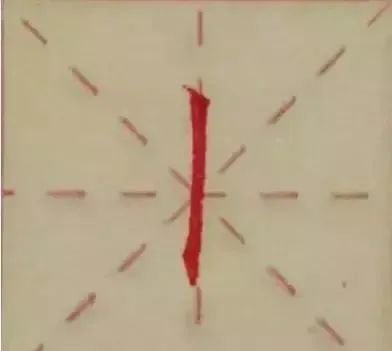
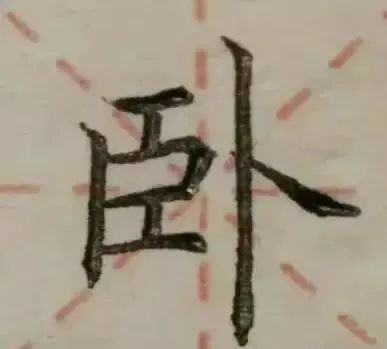
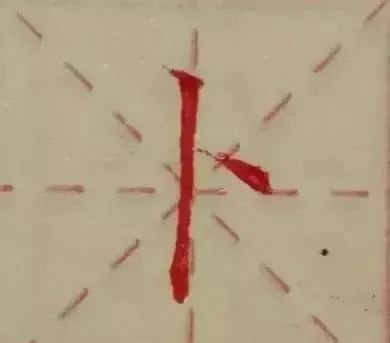
④The hanging needle is vertical, the hanging needle is vertical and vertical, the pen is paused for a moment and then vertically downward, and the end is pointed.
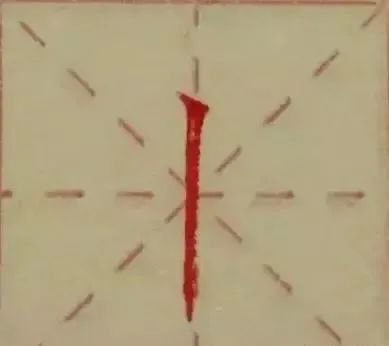
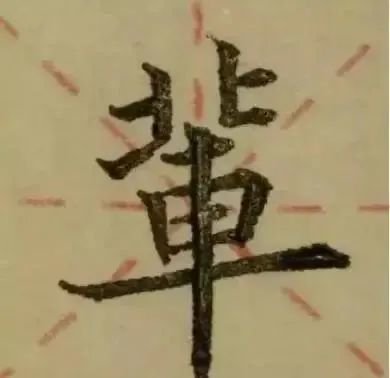
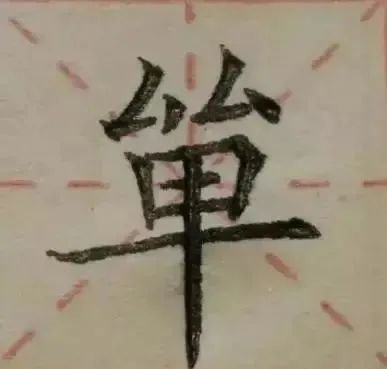
⑤Short stroke, start the pen with a heavy pause, fold the pen and quickly move to the lower left, short and sharp, the angle depends on the specific situation.
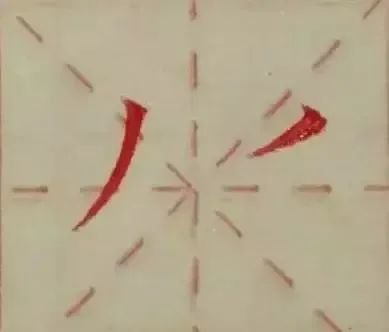
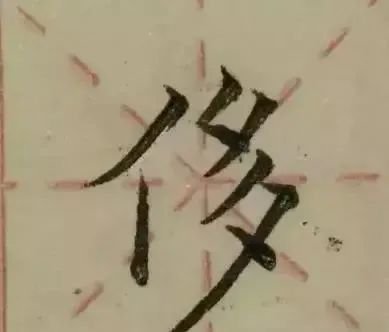
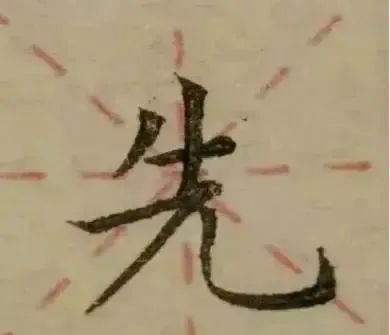
⑥Leave it obliquely, start the pen with the right stroke, then stroke with the right stroke, stroke lightly with the stroke downward to the left, and make a sharp stroke at the end.
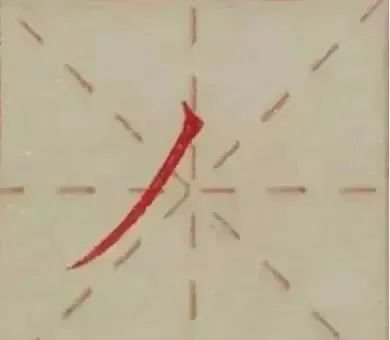
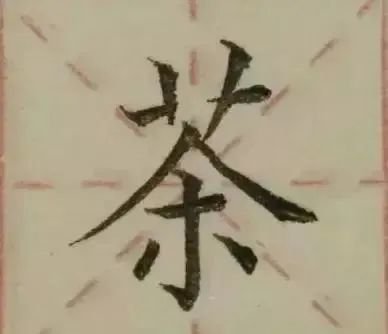
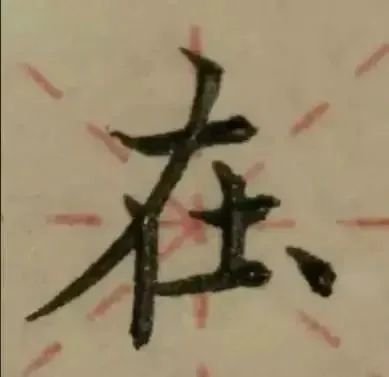
⑦ For vertical writing, write vertical first, and then write to the left in the middle and lower sections of the stroke. Pay attention to the difference from oblique writing. The angle of oblique writing is more oblique.
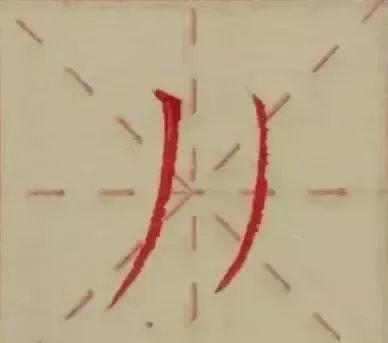
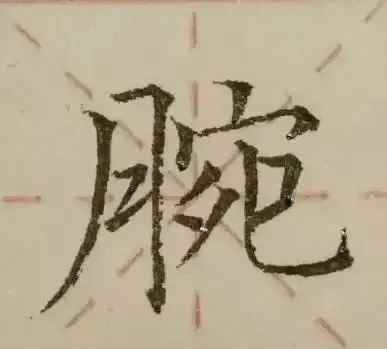
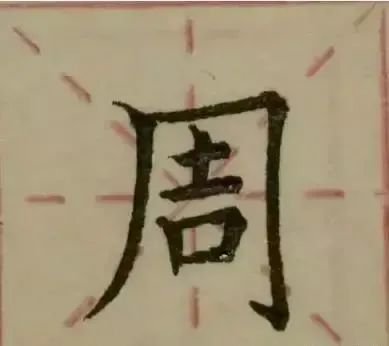
⑨ The oblique stroke is often used as the main stroke in Chinese characters. It is also a relatively difficult stroke in Chinese characters. Enter the pen lightly and gradually apply more force when writing. When you reach the foot of the stroke, turn the pen to level out, and gradually lift the pen to make a sharp stroke.
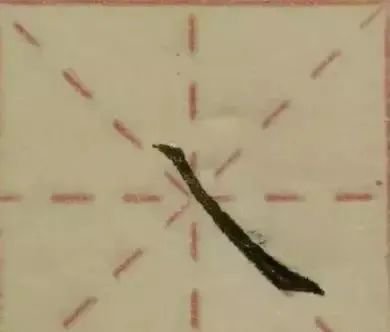
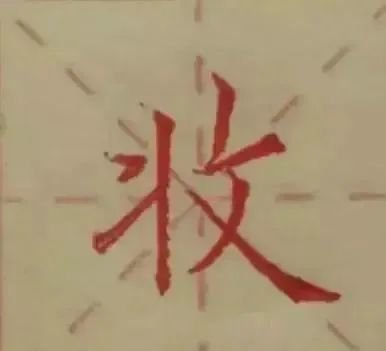
⑨ Flat stroke, the starting stroke is the same as oblique stroke, but it is flatter than diagonal stroke, with a sense of twists and turns.
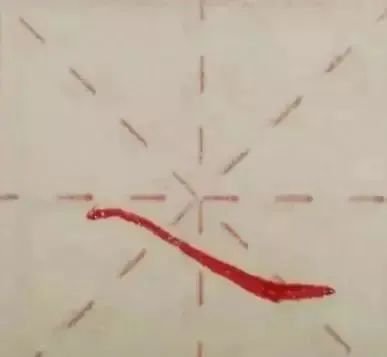
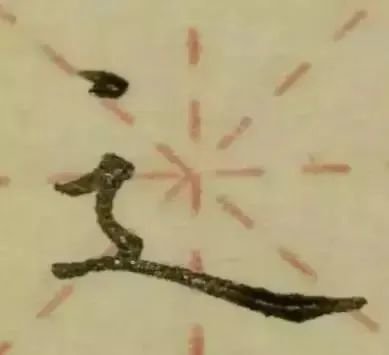
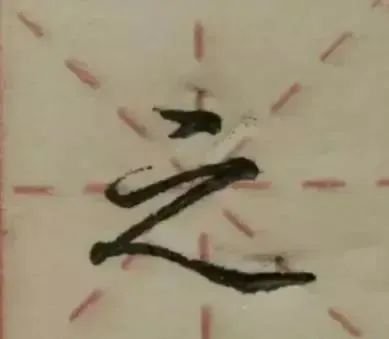
⑩Kip, from light to heavy, stroke the pen with a slight arc to the right, and then pause and recover at the end. Some of the learned drawings in regular script are written as 捺, which is more beautiful. If there are two or more characters in one word, If there are more than one Ninghua, the Ninghua of the deputy pen can be written as counterattack.
